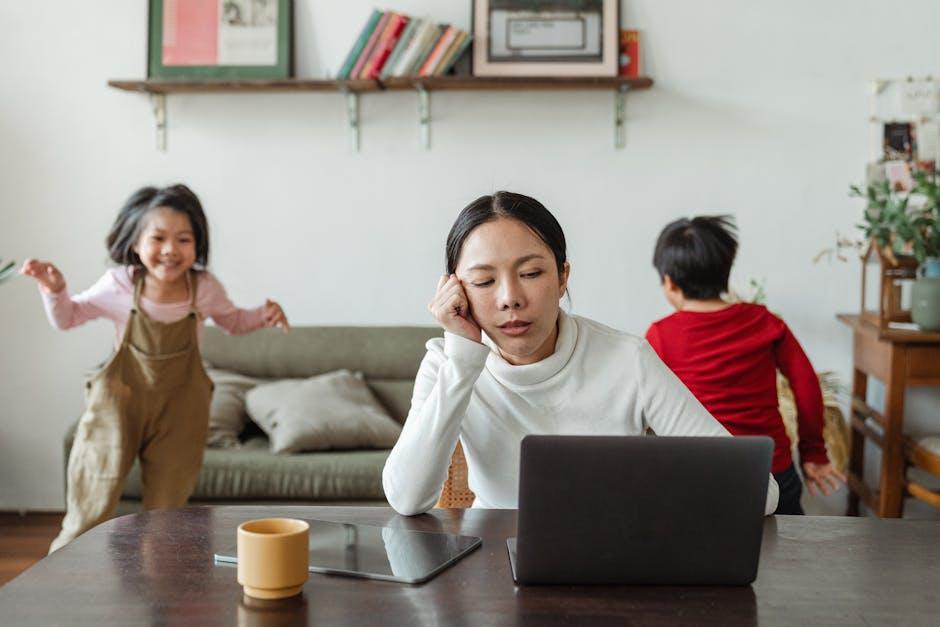In recent years, the prevalence of anxiety among children has emerged as a significant concern for educators and parents alike. As the demands of modern life continue to intensify, the mental health of young individuals is increasingly coming under strain, manifesting in ways that can hinder their academic performance and social development. Addressing this issue requires a nuanced understanding of the multifaceted nature of anxiety and the environments in which children operate. This article delves into the best strategies for supporting children with anxiety both in school and at home, drawing on evidence-based practices and expert insights. By examining the roles that educators and parents play in creating supportive environments, we aim to equip readers with practical tools and strategies to help children navigate their anxiety effectively. Through a comprehensive analysis of intervention techniques, communication methods, and supportive frameworks, this article provides a roadmap for fostering resilience and well-being in children facing the challenges of anxiety.
Understanding the Roots of Anxiety in Children
Understanding the origins of anxiety in children requires a nuanced approach, as it often stems from a combination of genetic, environmental, and psychological factors. Genetic predisposition can play a significant role, where children with family members who have anxiety disorders are more susceptible. Moreover, environmental influences such as family dynamics, school pressures, or traumatic events can exacerbate feelings of unease. Psychological aspects, including temperament and coping skills, also contribute to how anxiety manifests in young minds.
To effectively support children grappling with anxiety, it’s crucial to identify these roots and address them holistically. Strategies include:
- Creating a stable and supportive environment at home and school, where open communication is encouraged.
- Implementing consistent routines to provide a sense of security and predictability.
- Encouraging healthy coping mechanisms such as mindfulness exercises or creative outlets like art and music.
- Seeking professional help when necessary to provide children with the tools they need to manage their anxiety effectively.
By recognizing and addressing the underlying causes of anxiety, caregivers and educators can foster a nurturing atmosphere that promotes emotional well-being and resilience in children.
Effective Communication Strategies for Parents and Teachers
Consider these strategies for effective communication:
- Regular Check-ins: Schedule frequent meetings to discuss the child’s emotional well-being and academic progress.
- Shared Goals: Set common objectives between home and school to provide a unified support system.
- Open Dialogue: Foster an environment where children feel comfortable expressing their anxieties and concerns.
- Resource Sharing: Exchange materials and strategies that have proven effective in managing anxiety.
By implementing these strategies, parents and teachers can work together to alleviate the pressures of anxiety and promote a positive and nurturing learning experience for children.

Creating a Supportive Environment at School and Home
At home, parents can create a supportive atmosphere by establishing a consistent routine that provides a sense of predictability. Encouraging open dialogue about feelings and validating a child’s emotions without judgment helps them feel heard and supported. Relaxation techniques such as yoga or journaling can be integrated into daily activities to help children manage their anxiety effectively. It’s also beneficial to collaborate with school counselors to ensure a cohesive support system is in place, allowing for a seamless approach to anxiety management across different environments. By working together, both schools and families can create a nurturing environment that empowers children to navigate their anxiety with confidence.

Practical Techniques for Managing Anxiety in Everyday Situations
Incorporating practical techniques to manage anxiety can significantly enhance a child’s ability to navigate both school and home environments. Mindfulness exercises are a powerful tool; they help children focus on the present moment, reducing overwhelming feelings of anxiety. Encouraging brief, daily mindfulness sessions, such as guided breathing or short meditation, can establish a sense of calm and control. Routine and predictability also play a crucial role. Creating a structured schedule at home and school helps minimize uncertainty, providing children with a sense of security. Ensuring consistency in routines can ease transitions and reduce anxiety-provoking situations.
- Encourage open communication: Allow children to express their feelings without judgment, fostering a supportive environment where they feel safe sharing their concerns.
- Teach coping strategies: Equip children with tools like visualization, journaling, or drawing to help them process their emotions effectively.
- Promote physical activity: Regular exercise can be an excellent outlet for anxiety, helping to release built-up tension and improving overall mood.
- Limit exposure to stressors: Be mindful of situations or activities that might trigger anxiety and find ways to reduce their impact.
By integrating these techniques, both parents and educators can create a nurturing atmosphere that supports children in managing their anxiety effectively, paving the way for a more confident and resilient approach to life’s challenges.



